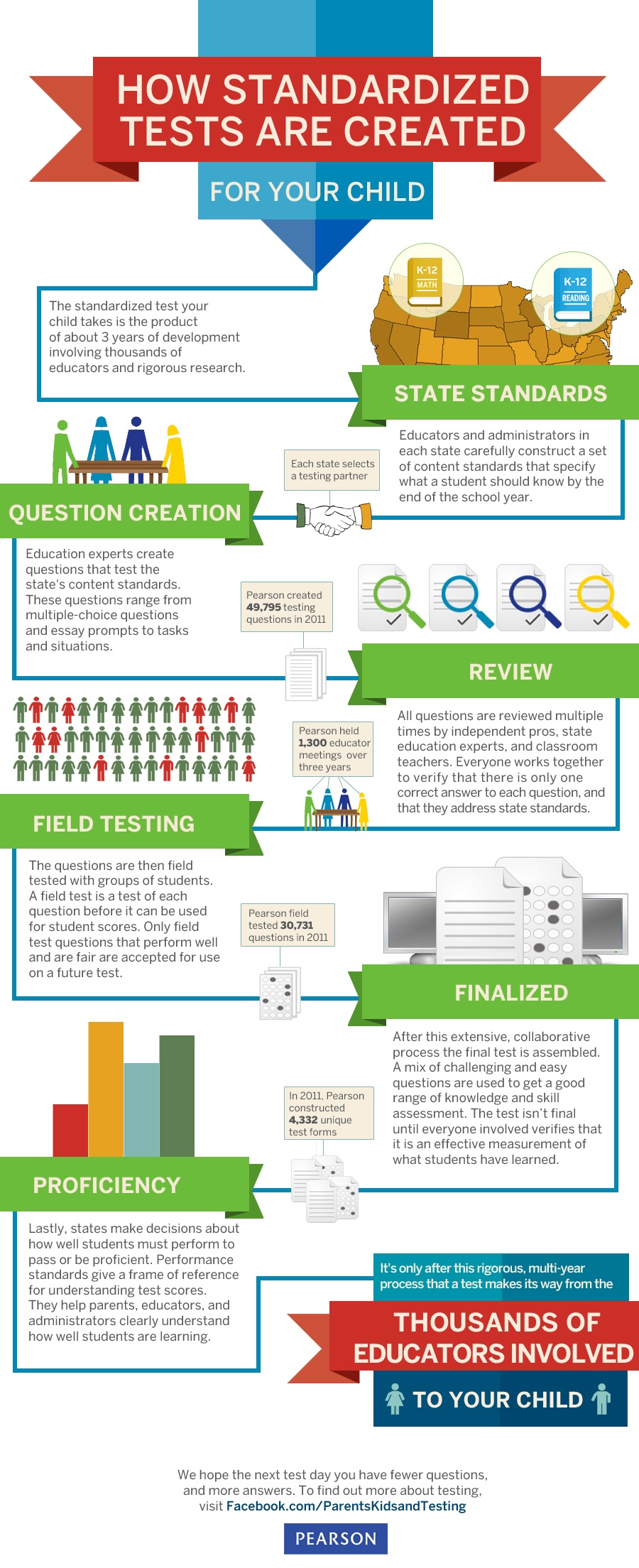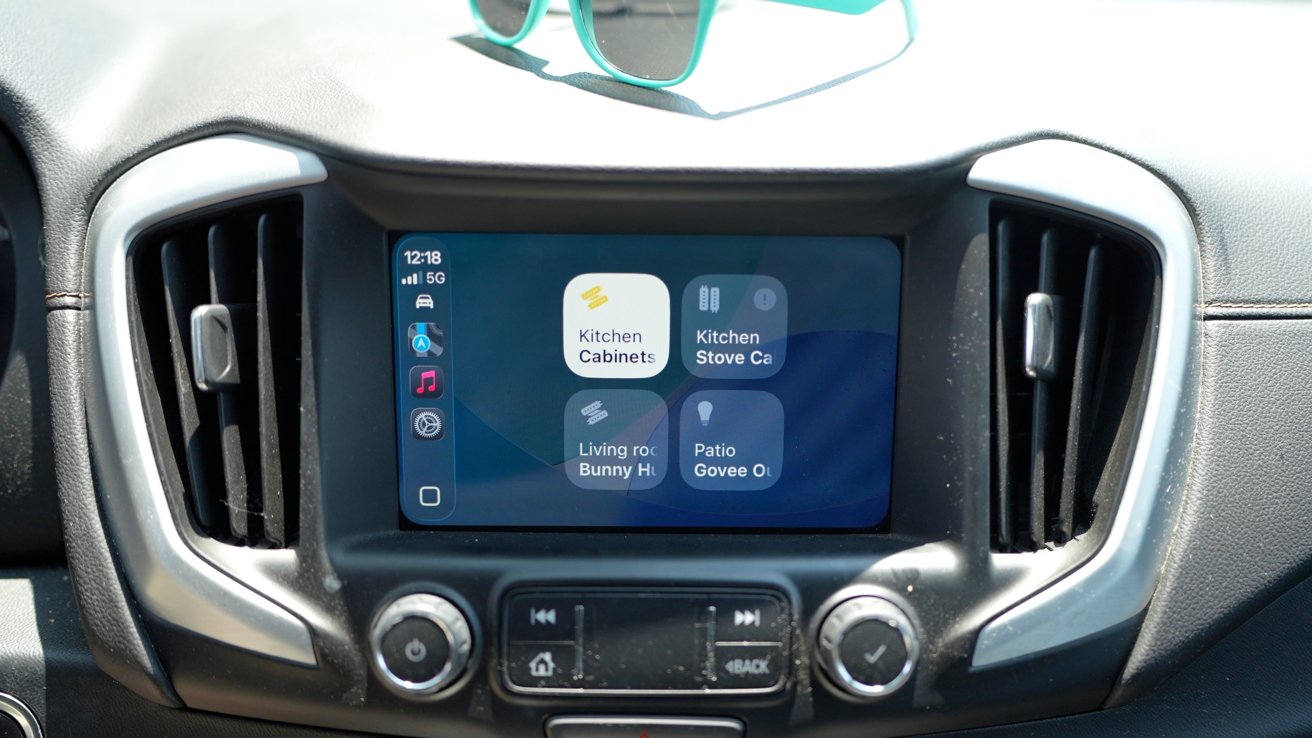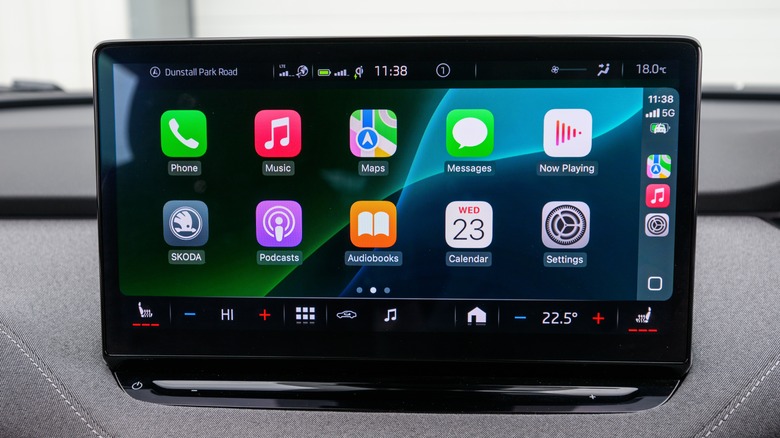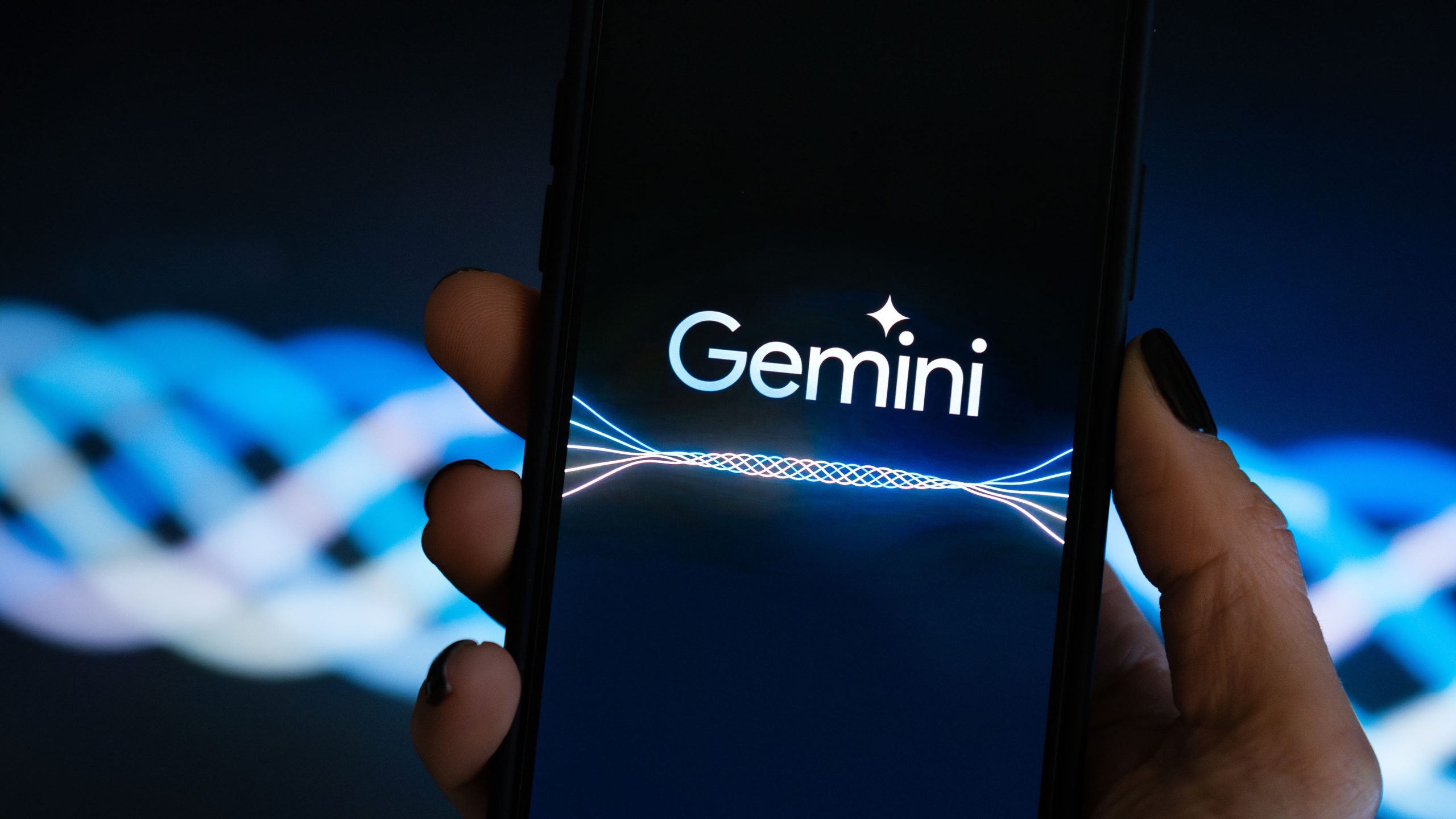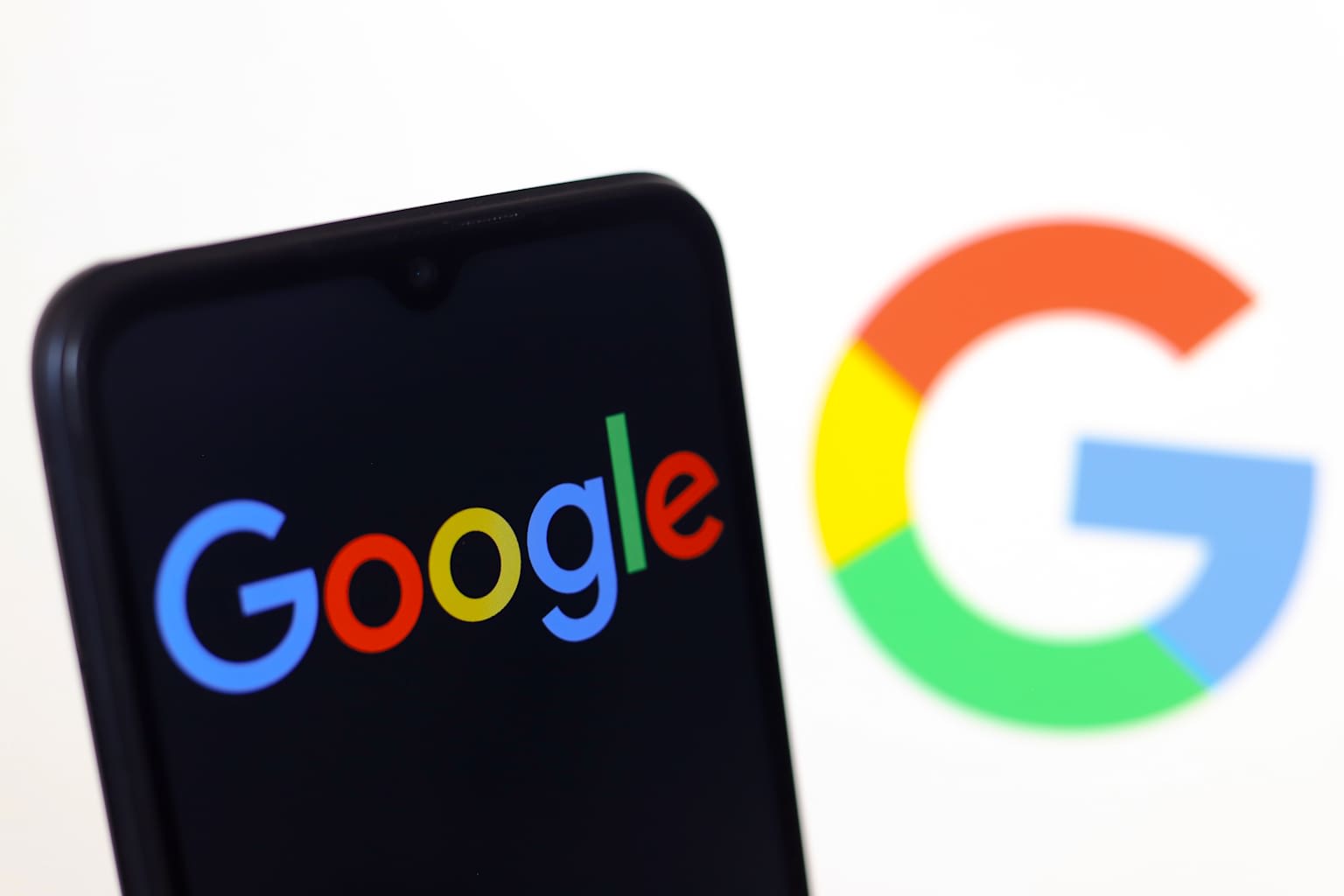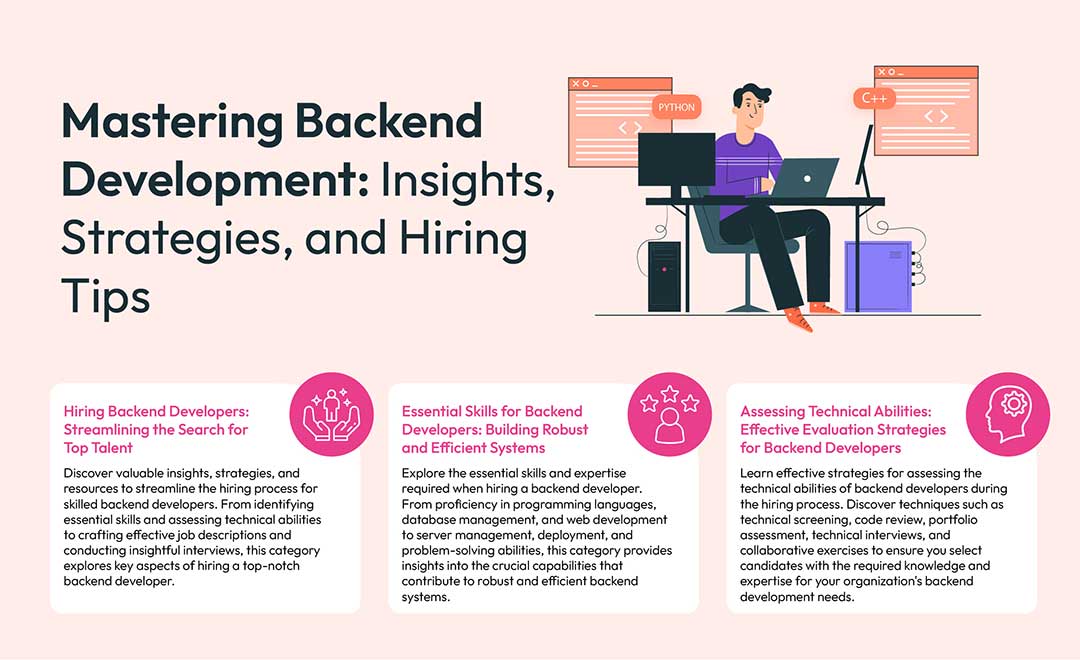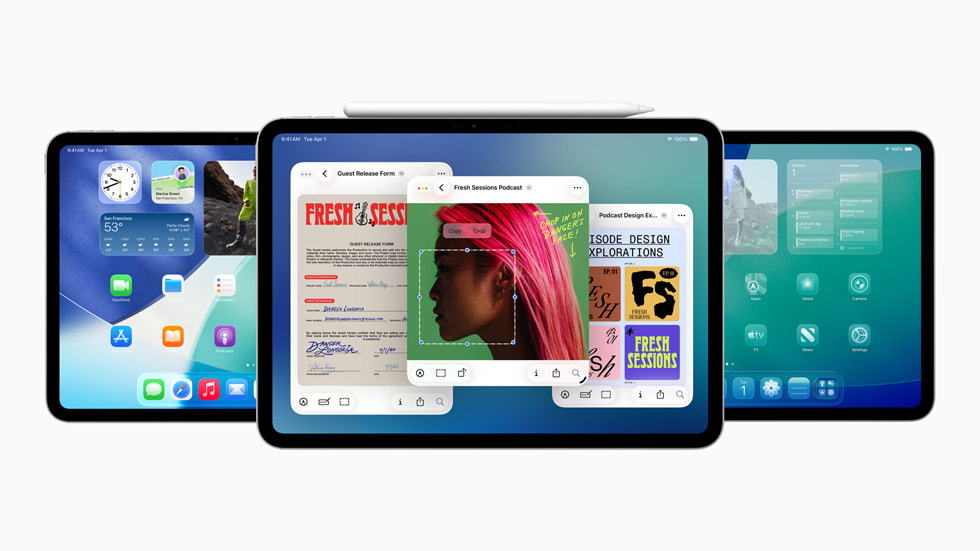Apple has released three important studies that offer insights into how AI-driven development can improve workflows, quality, and efficiency in software engineering. Below are the details for each study.
### Software Defect Forecasting using Autoencoder Transformer Model
In this research, Apple’s scientists present an innovative AI model aimed at overcoming the constraints of existing large language models (LLMs) in assessing large codebases for bug identification and forecasting. The model, referred to as ADE-QVAET, combines four AI methodologies: Adaptive Differential Evolution (ADE), Quantum Variational Autoencoder (QVAE), a Transformer layer, and Adaptive Noise Reduction and Augmentation (ANRA).
ADE fine-tunes the learning procedure, QVAE uncovers deeper data patterns, the Transformer layer preserves relationships among these patterns, and ANRA guarantees data integrity. In contrast to conventional LLMs, ADE-QVAET evaluates metrics like code complexity, size, and structure to anticipate potential bugs.
The model showcased remarkable results on a Kaggle dataset for software defect prediction, achieving high accuracy (98.08%), precision (92.45%), recall (94.67%), and F1-score (98.12%) during its training phase.
[Read the complete study on Apple’s Machine Learning Research blog](https://machinelearning.apple.com/research/software-defect-prediction).
### Agentic RAG for Software Assessment with Hybrid Vector-Graph and Multi-Agent Orchestration
This research, undertaken by four Apple scientists, tackles the difficulties experienced by quality engineers in developing and sustaining comprehensive test plans and cases for extensive software initiatives. The scientists devised a system that leverages LLMs and independent AI agents to autonomously generate and manage testing artifacts, ensuring traceability between specifications, business logic, and outcomes.
The AI framework can independently plan, draft, and arrange software tests, potentially enhancing the workflow of Quality Engineers, who commonly allocate 30-40% of their time to these activities. The findings revealed a notable improvement in accuracy from 65% to 94.8%, an 85% decrease in testing timelines, and estimated cost savings of 35%, resulting in a two-month expediting of project go-live.
Nonetheless, the researchers acknowledged limitations, as the framework was mainly focused on Employee Systems, Finance, and SAP environments, which could limit its broader applicability.
[Read the complete study on Apple’s Machine Learning Research blog](https://machinelearning.apple.com/research/hybrid-vector-graph).
### Educating Software Engineering Agents and Verifiers with SWE-Gym
The most ambitious among the three studies, SWE-Gym aspires to train AI agents capable of rectifying bugs by learning to read, modify, and verify actual code. Constructed with 2,438 real-world Python tasks from 11 open-source repositories, SWE-Gym offers an executable environment and test suite for agents to practice coding and debugging under realistic conditions.
The researchers also developed SWE-Gym Lite, which incorporates 230 simpler tasks for accelerated training and assessment. Agents trained with SWE-Gym achieved a success rate of 72.5% on tasks, surpassing prior benchmarks by over 20 percentage points. SWE-Gym Lite halved training time while yielding comparable results, although it is less efficient for complicated problems due to its simpler task set.
Read More
